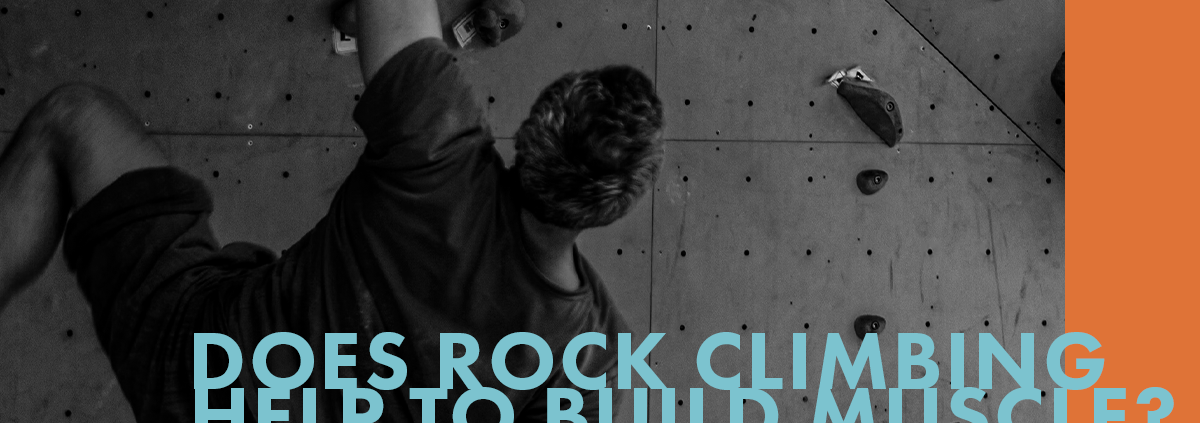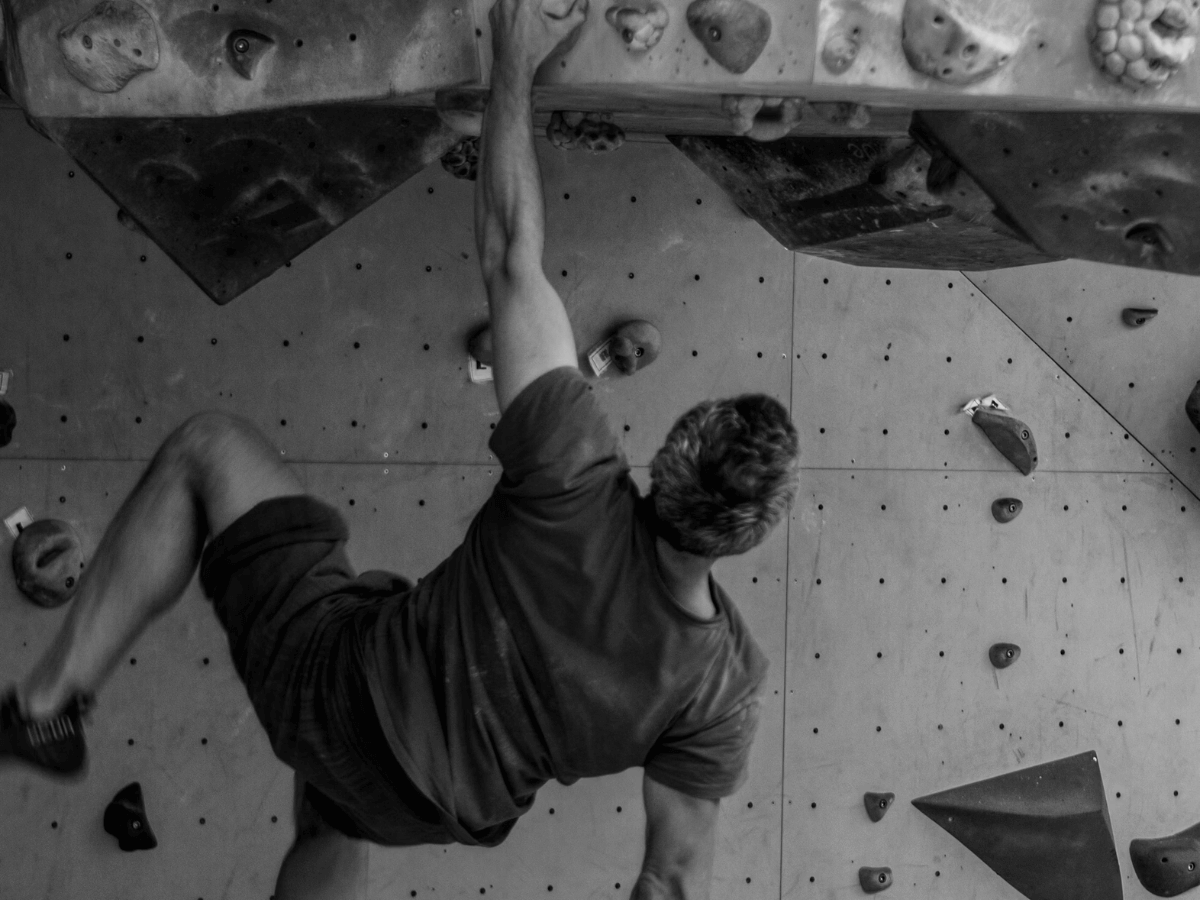Does Rock Climbing Help to Build Muscle?
Rock climbing is an activity that helps build muscle because it requires strength, focus, and persistence. From the outside, rock climbing looks like you need strong fingers and forearms to perform well. While it’s true that these will help you climb, they aren’t the only muscles you should pay attention to when trying to improve your climbing.
Many modern rock climbers recognize the need for cross-training. While climbing is an excellent way to build muscle, it’s crucial to understand how it can lead to muscle imbalances. Discover how climbing can strengthen your muscles and why it’s equally important to target different muscles off the wall to maintain a balanced physique.
Does Rock Climbing Help to Build Muscle?
Yes, rock climbing helps to build muscle. You’re pulling and pushing your bodyweight up a wall countless times, so it better builds muscle!
Muscles that are frequently used while climbing and help to develop them are:
Forearms and Grip Strength: Rock climbing includes grabbing various holds that require finger, grip, and forearm strength.
Upper Body: The largest muscle groups that are built while climbing include the biceps, triceps, shoulders, and back. Pulling and pushing yourself up a climbing wall engages each of these muscles.
Core: From staying close to the wall to holding difficult body positions, the core is engaged to help move your body more efficiently. That includes the abdominals, obliques, and lower back.
Lower Body: While not used as much, your quadriceps and glutes are significant for helping push yourself up the wall.
By engaging in regular climbing sessions, you’ll not only enhance your muscle strength in these groups but also have a blast while doing so! Whether you’re conquering an overhang route that challenges your core to keep your feet on the wall or executing powerful shoulder movements on a dead-vertical wall, climbing will help sculpt these muscles while you’re enjoying yourself!
Can I use Climbing as my Only Form of Muscle-Building Exercise?
It is not recommended to use climbing as your only source of muscle building. Climbing doesn’t build muscle evenly throughout your body, and climbers tend to favor routes that suit their strengths, which only develops these muscles. However, climbing is still a great way to build strength and endurance, and when combined with other exercises, it can provide a well-rounded muscle-building workout.
Take a climber who only looks for delicate slab climbs; while they may have great calf and finger strength, they may lack shoulder and back muscles needed for more powerful climbing.
Even if you are the type of climber who seeks out all styles of climbs, you’ll only develop muscles that are directly related to performing climbing moves. While many muscles are used when climbing, they aren’t all used equally and can create an imbalance.
What Muscles Are NOT Used When Climbing?
The muscles not used as much when climbing are the legs, chest, and triceps. You still use these when climbing, but less than the first group because you perform pulling movements.
The problem with using climbing alone as a muscle-building exercise is that it’s easy to develop an imbalance in your muscles. Muscle imbalances occur when certain muscles are stronger or more developed than others. This can lead to poor posture or cause increased stress on joints and tendons. For instance, if your back muscles are significantly stronger than your chest muscles, you may find it difficult to maintain an upright posture, which can affect your climbing technique and efficiency. Cross-training can help prevent these imbalances by ensuring that all your muscle groups are equally strong and developed.
How Do I Deal with Muscle Imbalances?
You must strengthen your antagonist muscles to ensure you don’t develop any muscle imbalances, or if you already have and want to fix them. Your antagonist muscles are the opposite of your pulling muscles. When pulling, as you do when climbing, you primarily use the forearms, biceps, shoulders, and back. The opposite, or antagonist, is your pushing muscles: chest, triceps, and legs. Strengthening these muscles will help maintain a balance in your muscle development.
Rest assured, there’s a solution to muscle imbalances. Strengthening your push muscles will not only help correct any existing imbalances but also enhance your power in any movement. Even if you’re feeling sore from a climbing session, you can still work on your push muscles the day after, as these muscle groups won’t be as fatigued.
Take Away
Rock climbing is an excellent activity for building muscle and having fun. But remember that climbing doesn’t build muscle everywhere in the body and, over time, can cause muscle imbalances that can result in poor posture or pain. To ensure you don’t overdevelop some muscles over others, strengthen the antagonist muscles you use for climbing.




